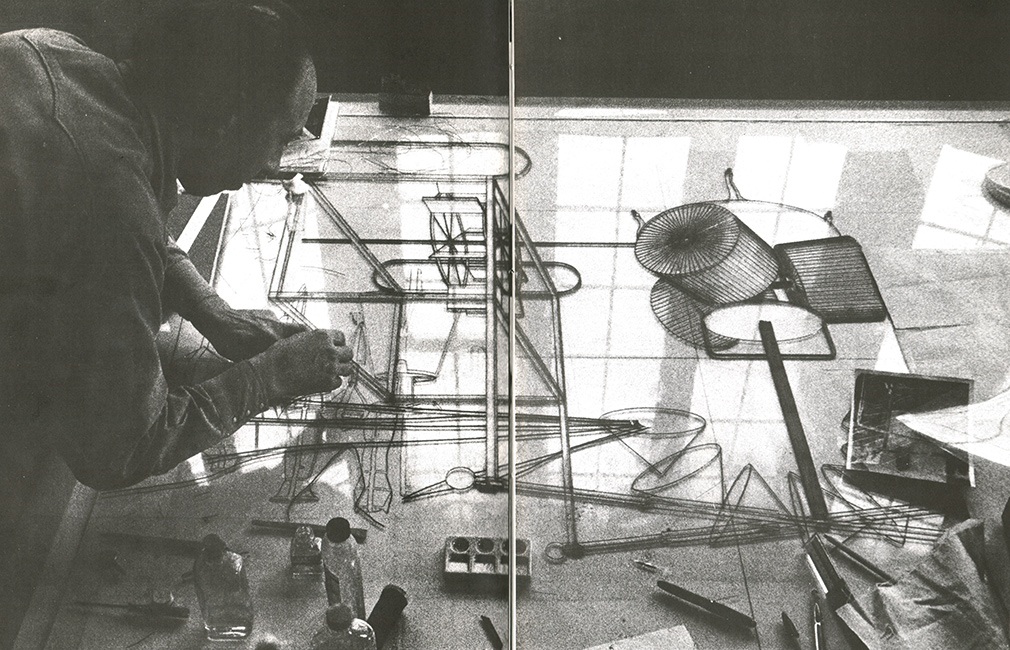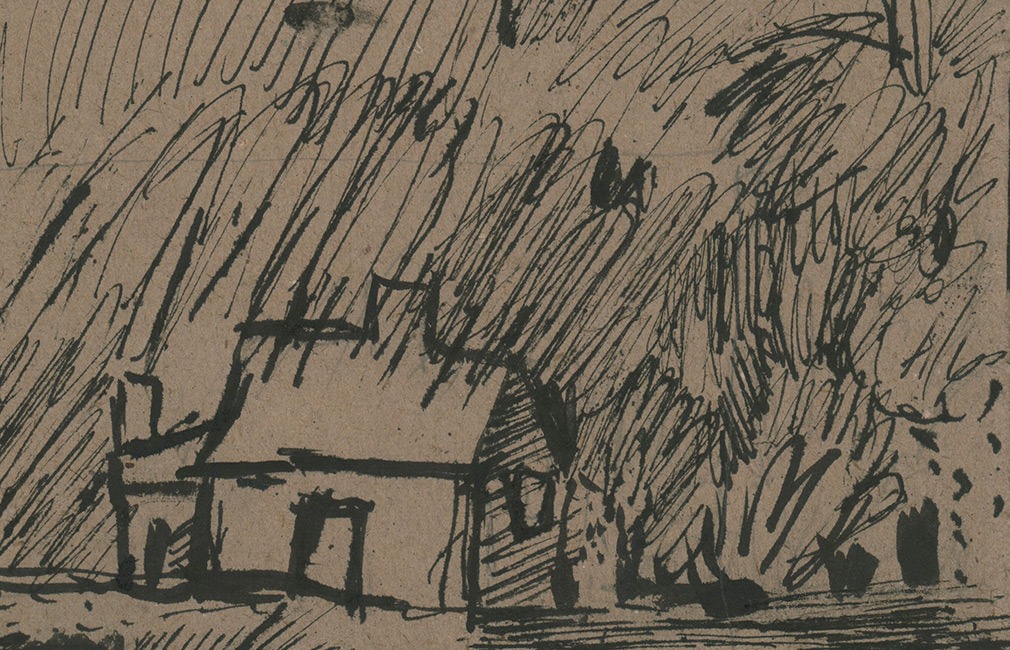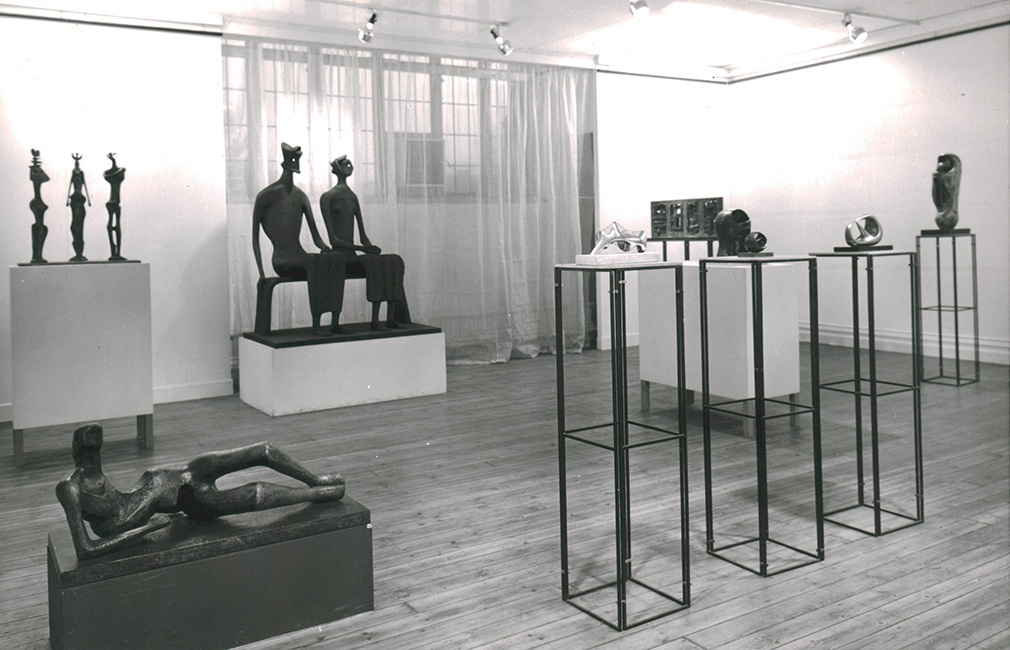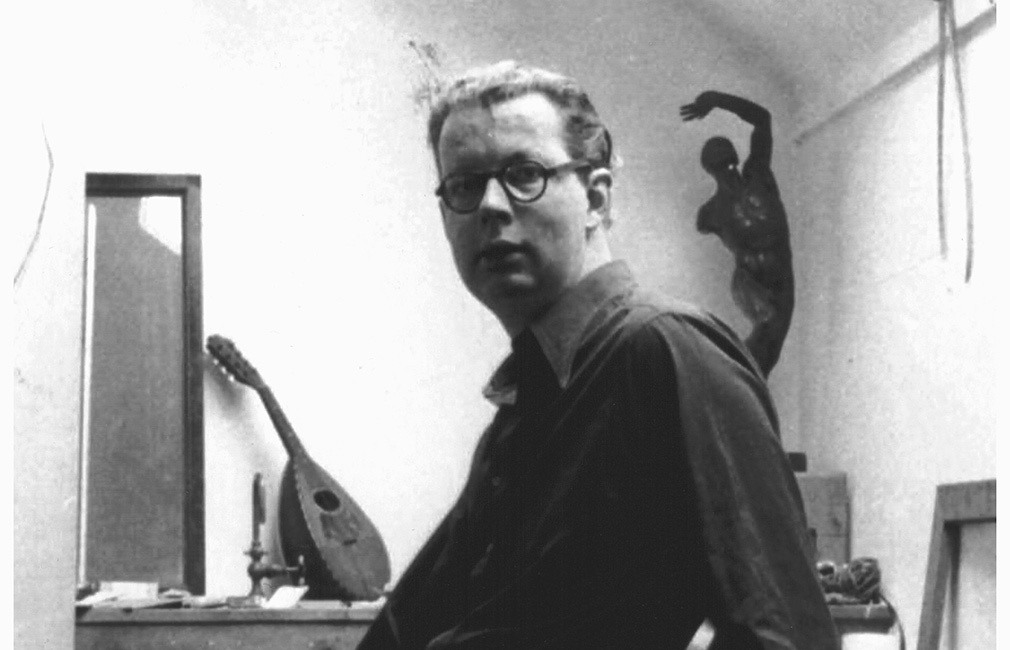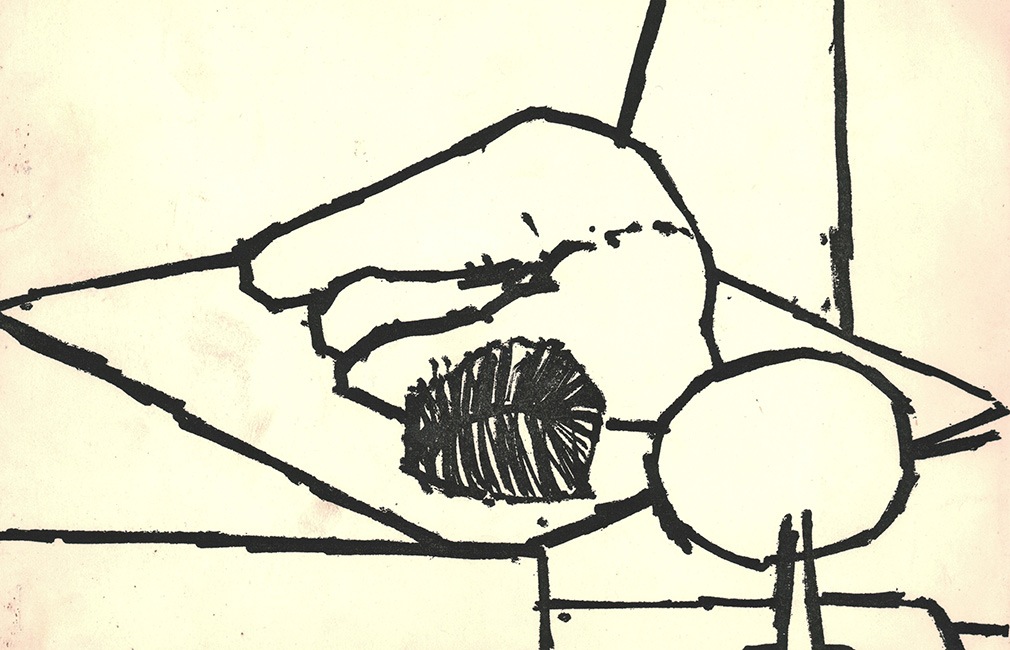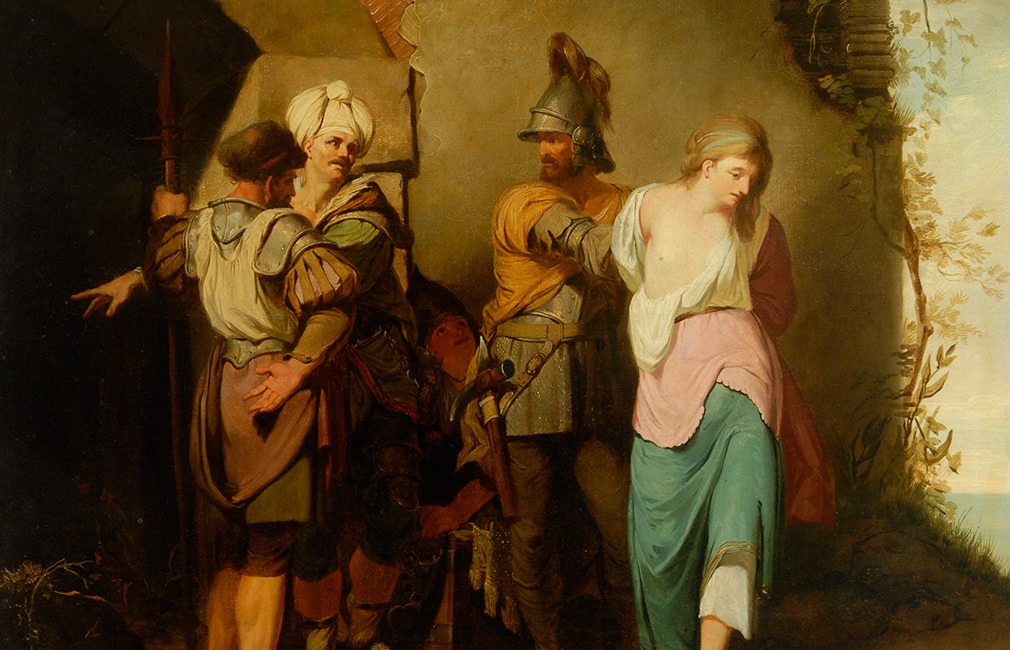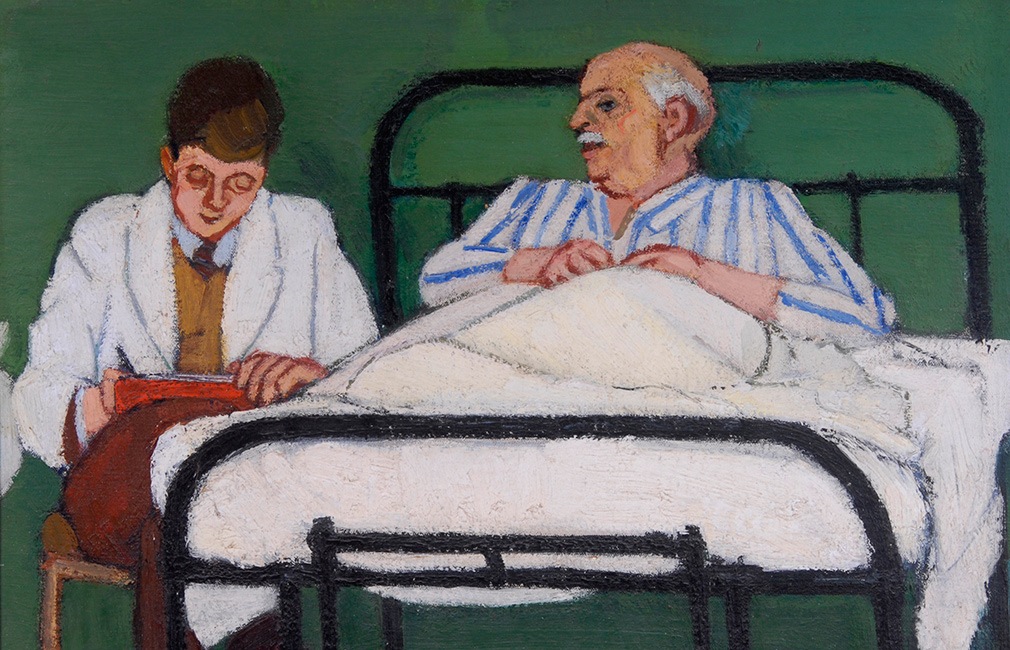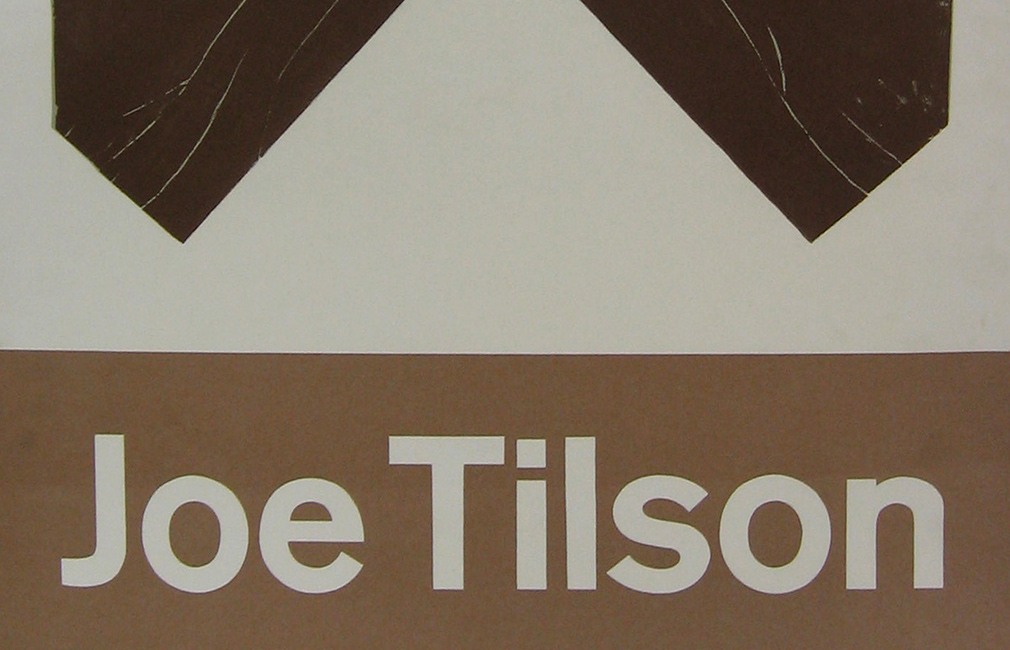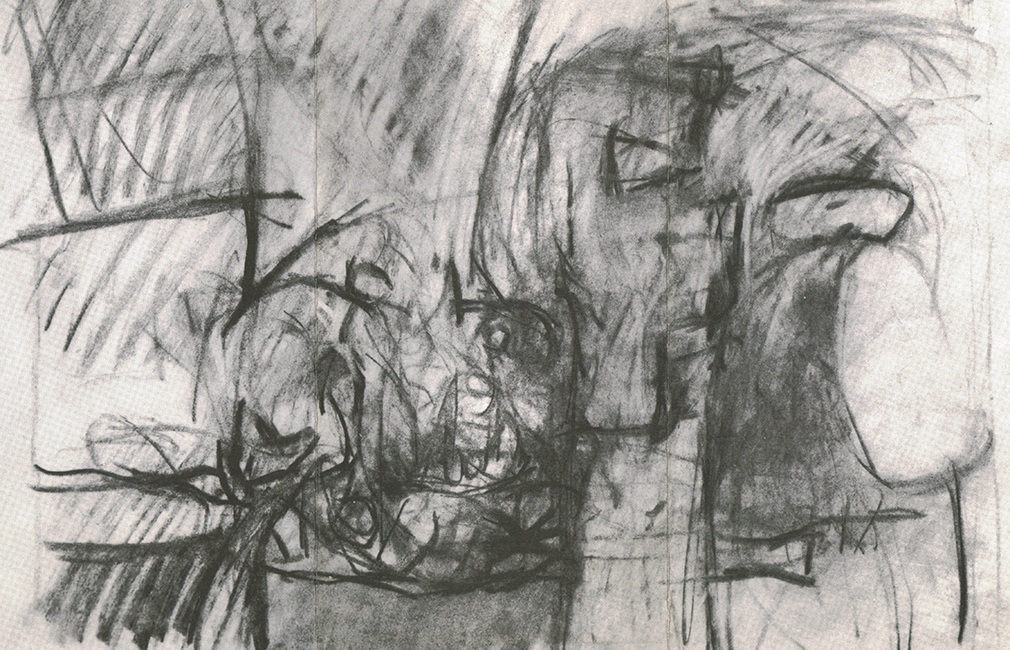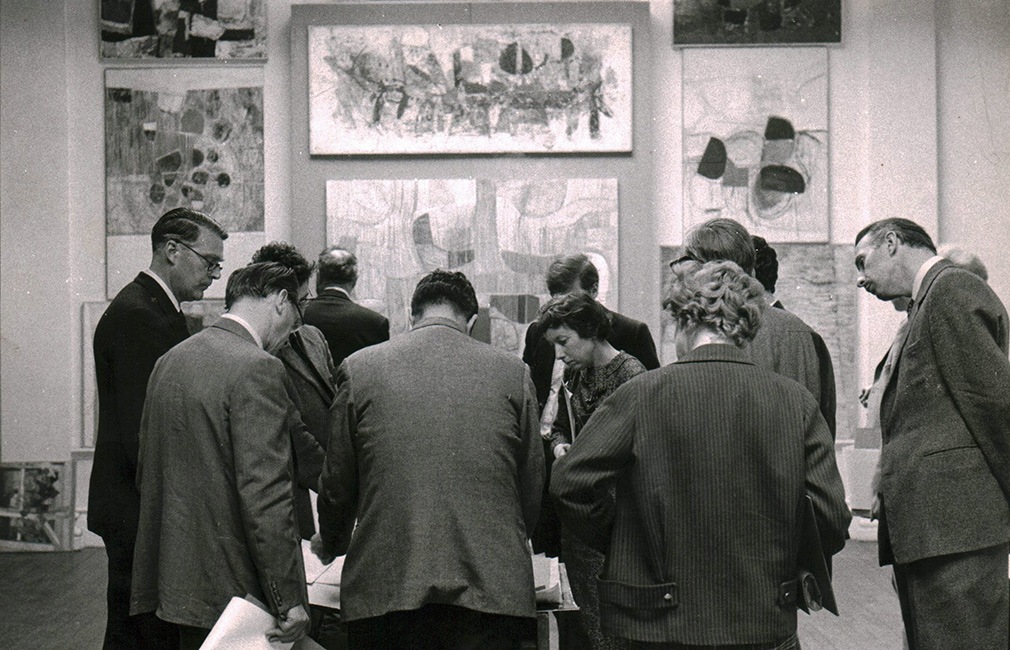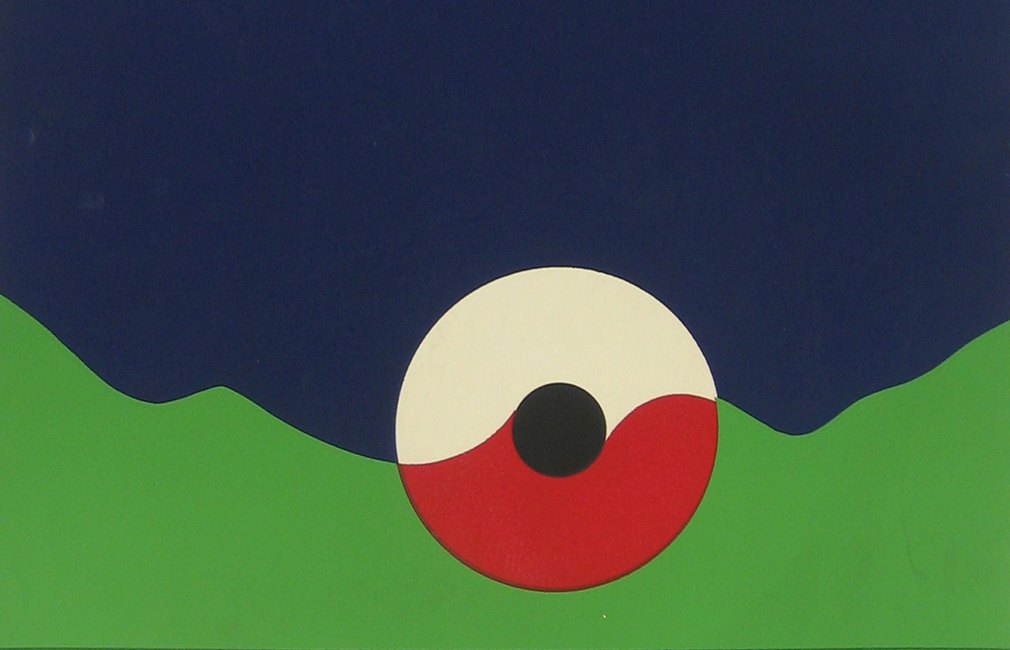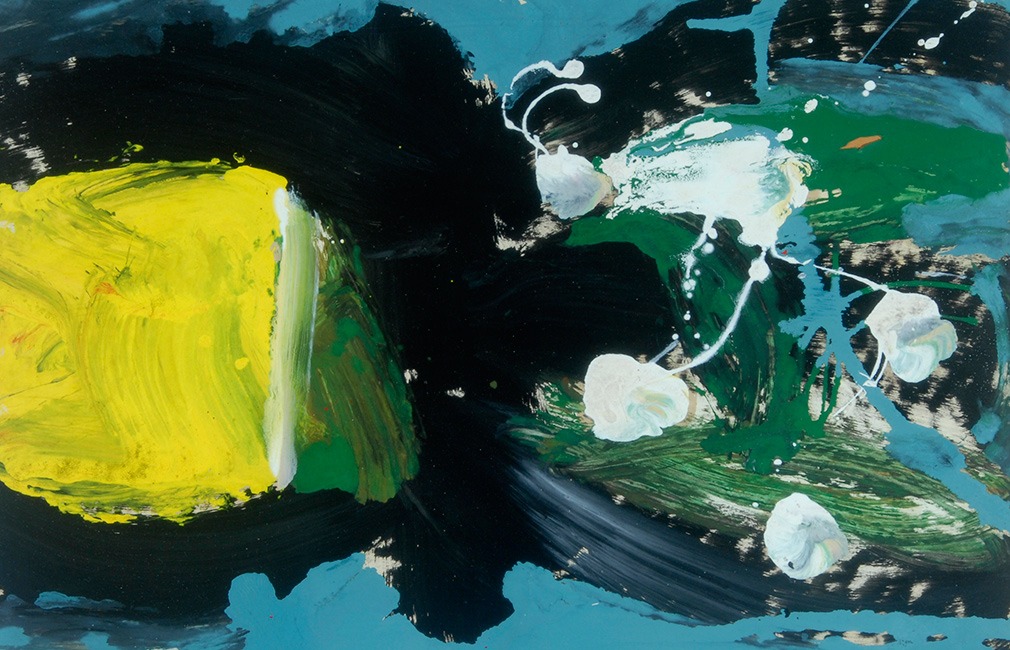
The story of the Hatton Gallery
1948 - 1968
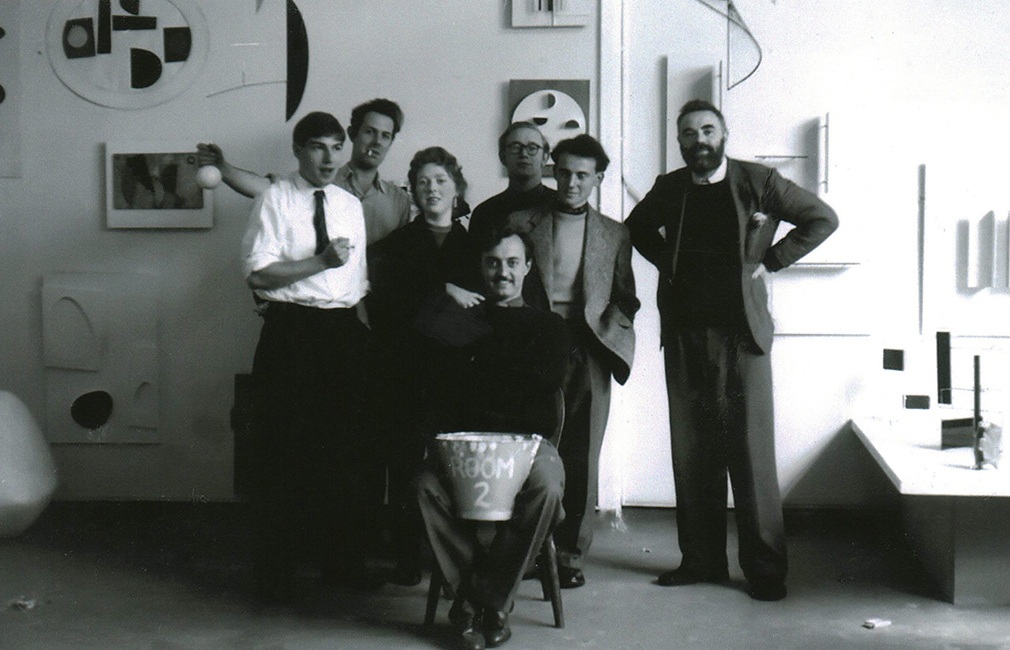
Introduction
Hatton History looks at a defining two decade period in the long 100+ year history of the Hatton Gallery and Newcastle University’s Fine Art Department (then King’s College, Durham University), through items held in the institutional archives and records.
1948-68 saw dramatic shifts occur across all aspects of the Gallery and Department; changes in how the students on the Fine Art course were taught and by whom, the establishment of a permanent collection of art and the development of an important and sometimes radical exhibition programme.
These changes were orchestrated by artists working in the Department, particularly the Professors Lawrence Gowing and Kenneth Rowntree and others such as Roger de Grey, Victor Pasmore, Richard Hamilton, Ian Stephenson, Eric Dobson, Derwent Wise, Rita Donagh and Matt Rugg.
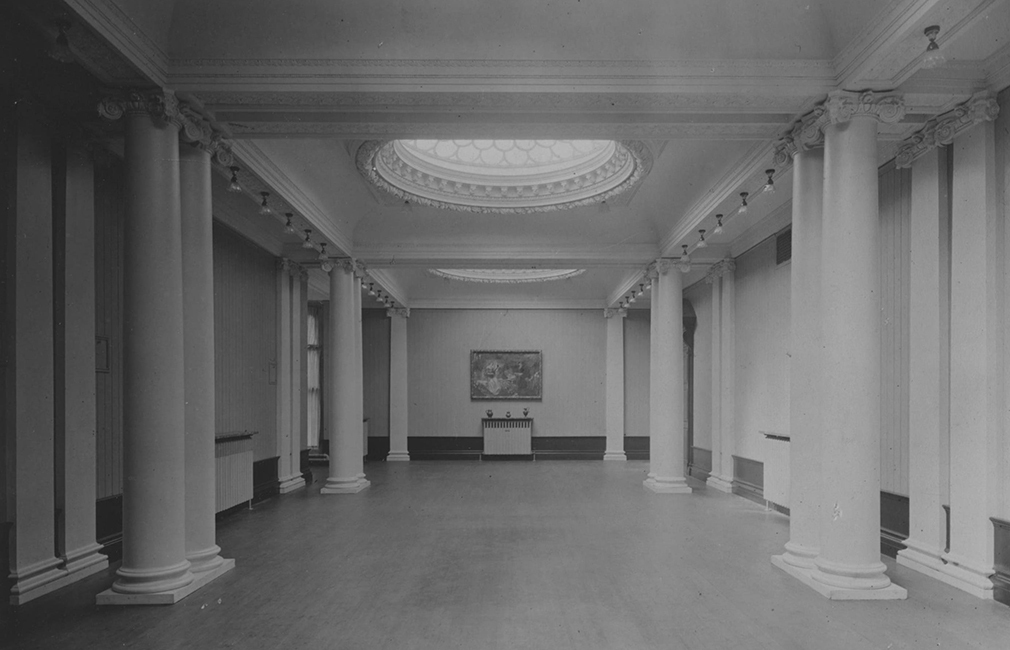
Pre-1948
The roots of the Hatton Gallery and the Newcastle University Fine Art Department, both housed in the King Edward VII building opened in 1912, actually go right back to the 1830s. Professor Hatton was brought into the Department in 1890 and served until his death in 1926, when the already existing gallery was named after him. Hatton’s successors, Professors E.M.O’R. Dickey (1926-31) and Allan Douglass Mainds (1931-45) focussed primarily on the important development of the School, its teaching and staff, rather than the Gallery or the Collection. However, Robin Darwin’s brief tenure (1946-48) in the immediate post war period set a progressive tone, particularly bringing a new focus on to the exhibition programme, which his successor, Lawrence Gowing would continue through the 1950s.
Pre-1948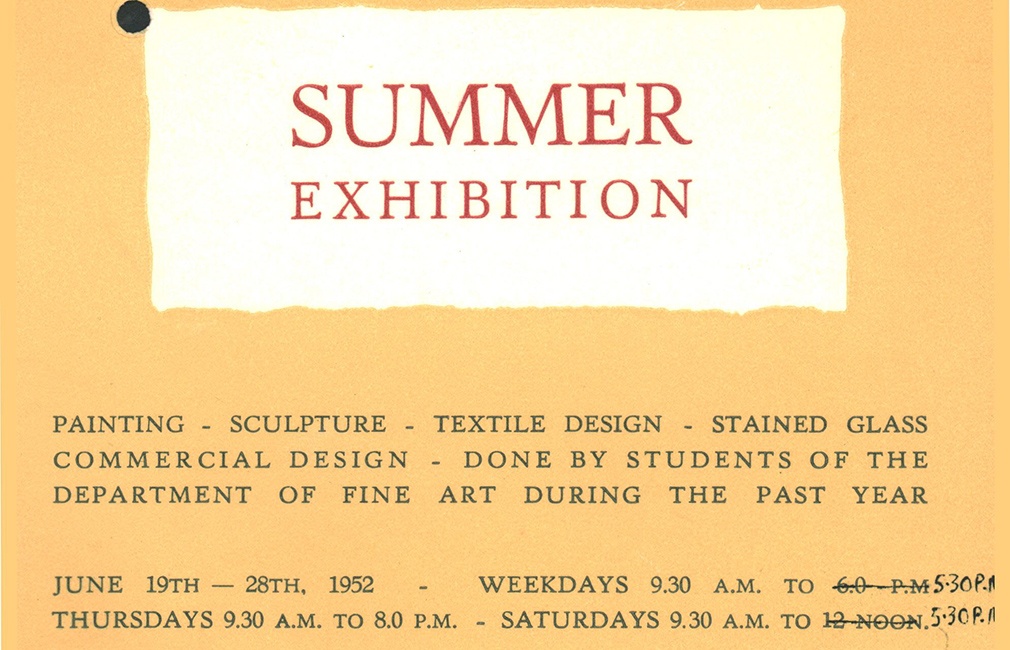
1948-58
This long decade marks the tenure of Lawrence Gowing as Professor of Fine Art and the establishment of new and vigourous programmes of exhibitions, acquisitions and teaching.
By 1954 Victor Pasmore and Richard Hamilton were established as members of staff, joining longer-serving staff such as Leonard Evetts, Murray McCheyne, Louisa Hodgson and art historian Ralph Holland.
Pasmore and Hamilton worked to develop a new ‘Basic Course’ for first year students, aimed at encouraging them to experiment with the fundamental principles of line, shape, colour and form.
Gowing focused on developing a permanent collection for the Department aimed at givng the students access to examples of European Art from the 14th-17th centuries, making full use of his art world connections to acquire some significant works.
During his brief tenure (1946-48) as Head of Department, Robin Darwin had sought to raise the standard and profile of the the Hatton Gallery’s exhibitions, Gowing took this on wholeheartedly and established an almost continuous programme of modern and historical shows, making the most of Arts Council touring exhibtions, as well as developing a series of in house contemporary art shows that would tour across the country.
Within this programme Pasmore and Hamilton particularly were given the freedom to develop and exhibit their own ideas and displays, such as the seminal Man, Machine and Motion and An Exhibit, which were both later shown at the ICA in London.
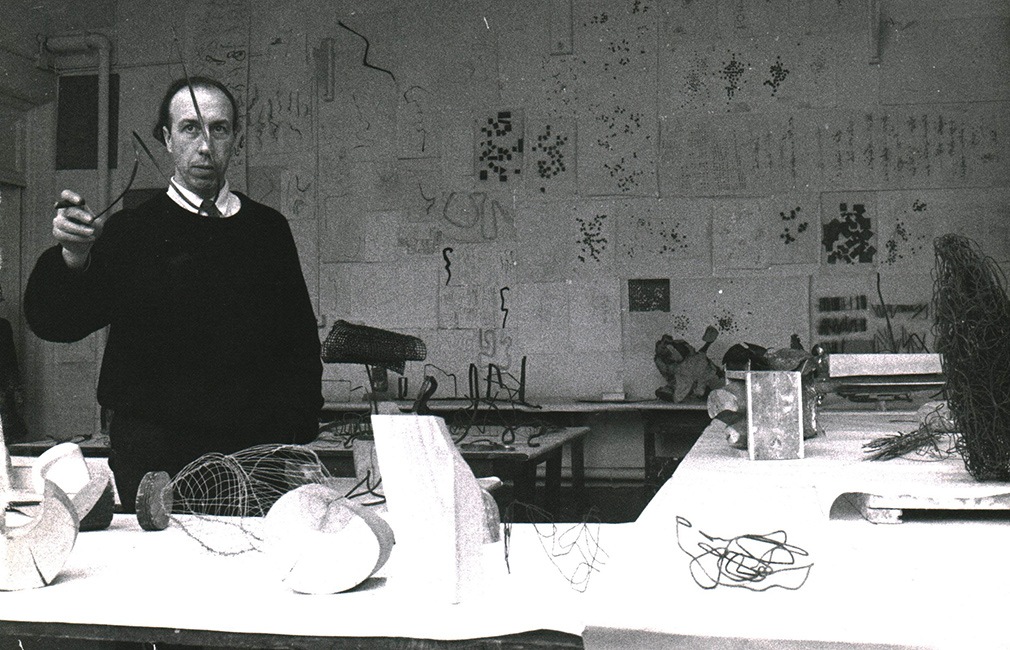
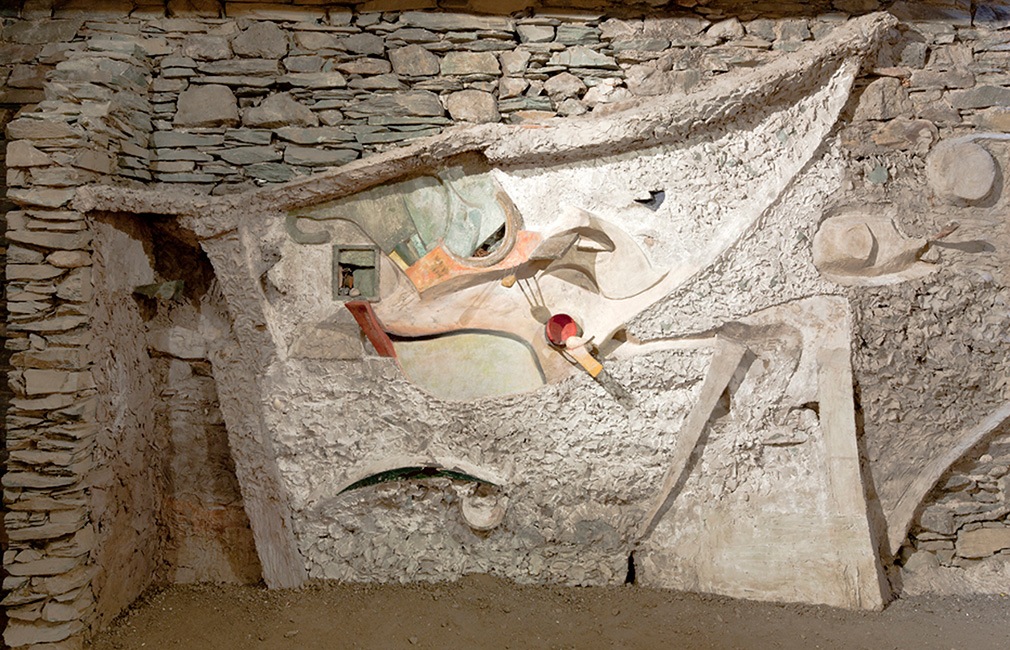
1959-68
Following a brief interlude when Leonard Evetts was in charge following Gowing’s resignation Kenneth Rowntree was appointed as Professor and Head of Department.
Hamilton became increasingly involved in the design of exhibition catalogues and posters, particularly for the annual single artist shows by contemporaries such as Eduardo Paolozzi, Joe Tilson and Sidney Nolan.
Hamilton was also central in connecting the Department to important European art figures such as Marcel Duchamp (whose ‘Large Glass’ he remade in Newcastle in 1966), Francis Picabia (a retrospective exhibition was held in the Hatton in 1964) and most importantly Kurt Schwitters (whose Merz Barn Wall was acquired by the University in 1965).
